For building successful customer loyalty strategies, it’s worth pointing out that traditional methods no longer work. The digital age is all about constantly evolving technology and needs. If you’re a startup, you’d already know that. In an era of millennial customers with a multitude of choices, it’s quite easy to make faster decisions. And that’s exactly why it’s imperative to shift the focus to retaining existing customers than acquiring. Not to mention the benefit of the former being less expensive and less painstaking.
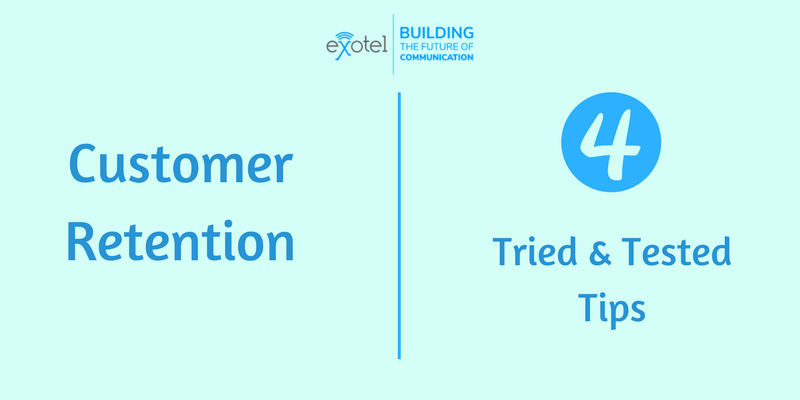
As with anything new, people lose interest just as fast as they pique. While the internet is all but exploding with many resources about customer retention or building brand loyalty, here are our top 4 tried and tested tips. You could probably consider this before paying a bomb for a consultant or “guru” to set your track straight.
Measure Customer Lifetime Value
Customer lifetime value, fondly known as CLV in marketing-speak, is where all the strategy shift is now. It measures the value a customer brings to a business over a period of time instead of calculating just the value of single transactions. Rather than wait on RoI from ad spends, take KYC (know your customer) to a whole new level by focusing on CLV with the help of first-party data, like from Google. By understanding where your customers are coming from and knowing their needs better, you can easily drive business growth by targeting those needs; be it via personalized emails or customized experiences. A successful organization continues to stick with the customer long after they’re done purchasing.
Startup tip 1: If your cost of acquiring a customer is more than the lifetime value of a customer, your business might be heading for trouble.
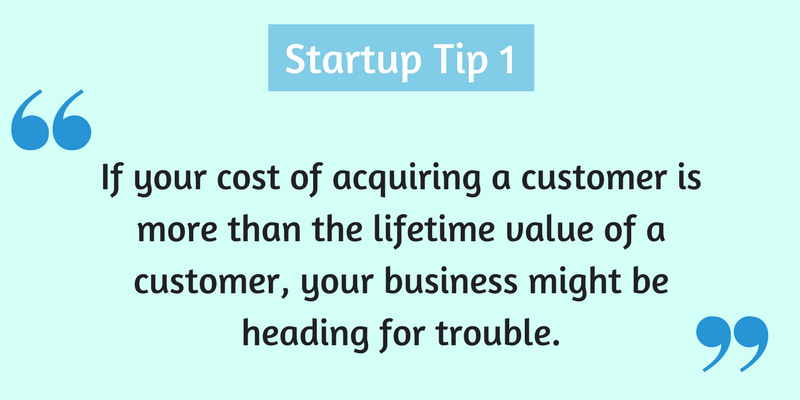
The B2B Grapevine aka Word of Mouth
74% of consumers are influenced to make purchase decisions based on word of mouth [Ogilvy/Google study]. What’s the first thing you do after any positive or negative experience? Speak about it, tweet it, post it, or whatever it takes to make your voice heard. Word of mouth marketing has been around forever but now, it’s more powerful than ever with socially connected consumers – both online and offline. Build a community, drive conversations, and interact with the customers and listen to them. They will do all the marketing FOR you if you’re doing things right.
Startup tip 2: It’s not enough to score “likes” if your brand isn’t fueling conversations or driving passionate fans to fight for you. Case in point, Apple vs. Samsung.
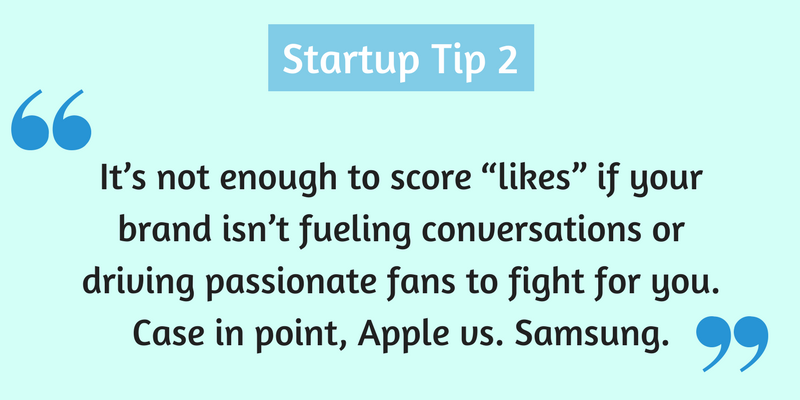
Build Customer Trust
Put the customer at the center of everything your organization does. It’s a competitive necessity. Break silos and work towards a single business goal that will enable customers to build their trust for your brand. Customers associate brands with the experience they create more than the product itself. Optimize cross-functional team collaboration and ensure their goals are aligned with the overall needs of the brand. This will encourage greater understanding of your customers from all teams which, in turn, will work towards the company’s favor in the long term.
Startup tip 3: Customer experience is everybody’s job. If you don’t gain their trust, you don’t gain their business either.
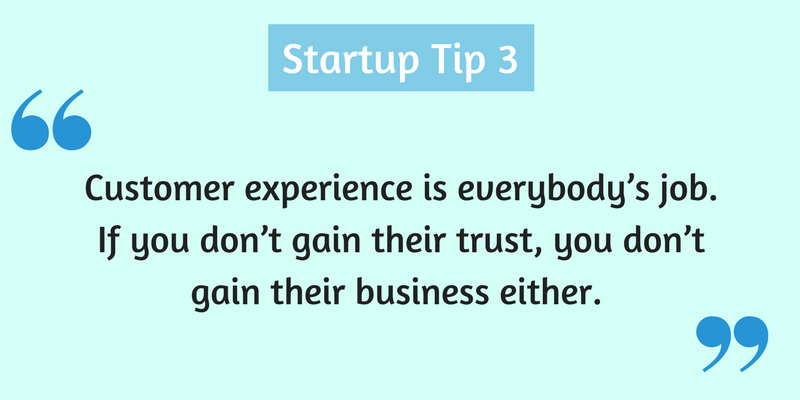
Use the Right Customer Retention Tools
Tools don’t always mean busting out the funding money towards software. In this case, we mean wielding tools in the form of ideas. Implementing loyalty points, customer privilege services, gamification, customer insights and personalization using AI, etc. as part of your marketing function is crucial for the future of the business. Not to mention the classic, yet stronghold of customer support. We can’t emphasize enough on this one — always listen to your customer. Taking the effort to do so will help save a lot of resources for the business; resources that wouldn’t be required in the first place if all teams were focusing on the customer experience.
Startup tip 4: Your customer support experience is the easiest way for you to lose a customer or gain their loyalty forever.
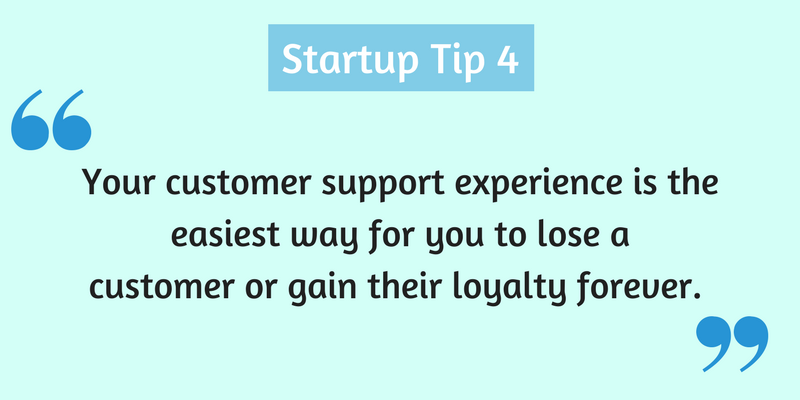
It’s the year of the customer experience — yet again and always will be. For Exotel, it was a combination of these practices and the right tools from its inception that led to successful customer retention. With the inception of IoT, Artificial Intelligence and chatbots in marketing, 2018 is going to set new roles for brands across the globe that will contribute to greater customer relationships. It all comes down to how we adopt the technologies better and master the ability to make customer-oriented goals.
Find out how Exotel made it in the early stages. Learn more from our ebook, “Tools for early-stage startups.”

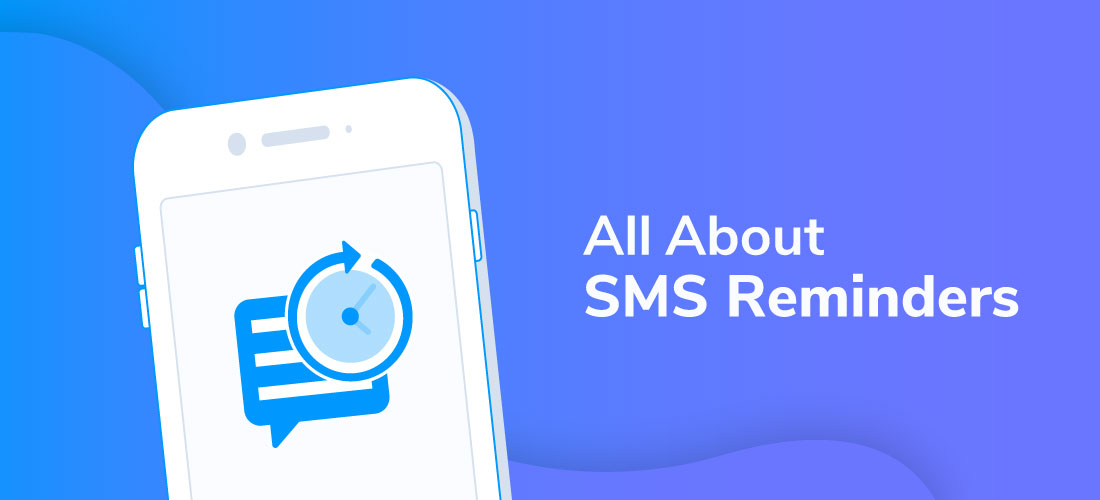
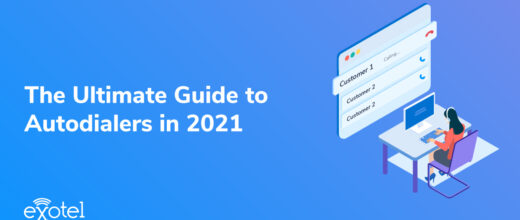

 +91-8088919888
+91-8088919888 +1-(718) 354-8866
+1-(718) 354-8866 +61-2-8073-0559
+61-2-8073-0559 +62-215-098-4960
+62-215-098-4960 +60-3-2771-2799
+60-3-2771-2799 +65-6951-5460
+65-6951-5460
No Comments